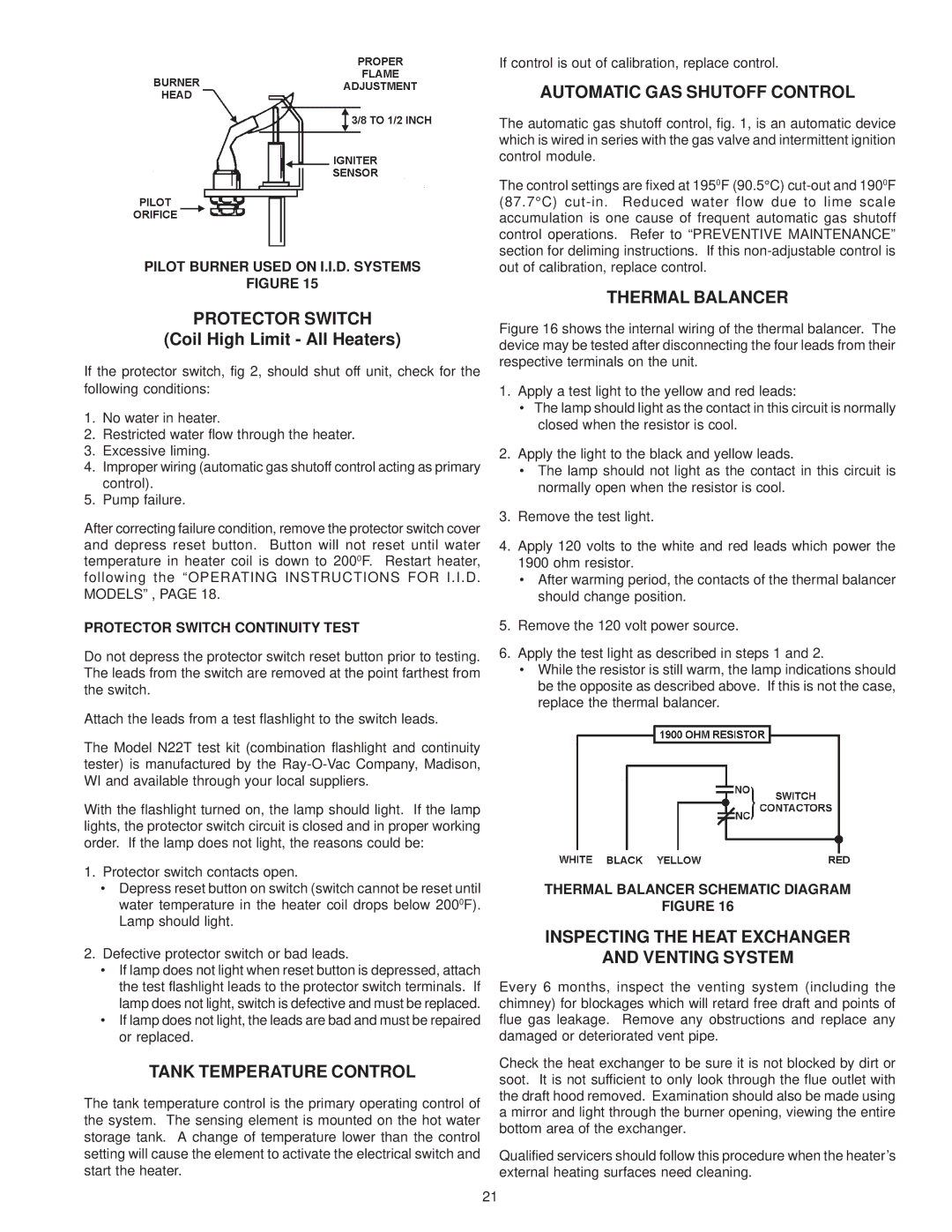HW-120M, 225M, 200M, 160M specifications
A.O. Smith is renowned for its range of advanced water heaters, and the 160M, 200M, 225M, and HW-120M models stand out as some of the most reliable and innovative options available. These water heaters are designed to deliver exceptional performance, energy efficiency, and user-friendly features, making them ideal for various residential and commercial applications.The A.O. Smith 160M model boasts a robust design that ensures longevity and efficiency. It has a 160-gallon capacity, providing ample hot water for households with high demand. This model incorporates insulation technology that minimizes heat loss, contributing to energy savings and reduced utility bills. Additionally, it features a durable exterior that is resistant to rust and corrosion.
The 200M model takes performance a step further with a higher capacity of 200 gallons, making it suitable for larger homes or businesses. This model is equipped with advanced components, including a high-efficiency burner and a powerful thermocouple that ensures reliable heating. The 200M also includes user-friendly controls that allow for precise temperature settings and easy operation.
Next in line is the A.O. Smith 225M, which offers an impressive 225-gallon capacity. This model is designed for heavy-duty usage and features a reinforced tank to withstand high pressure. The 225M is also equipped with state-of-the-art flame retention technology that optimizes fuel use, enhancing the overall efficiency of the unit. This ensures that customers not only get hot water when needed but also experience considerable savings on energy costs.
Finally, the HW-120M model is a compact solution that does not compromise on performance. With a capacity of 120 gallons, it is ideal for smaller households or spaces where water heating needs are moderate. The HW-120M includes features such as an LED display for easy temperature monitoring and an integrated safety system that prevents overheating.
All these models utilize advanced technologies such as electronic ignition and enhanced insulation materials, contributing to a reduction in energy consumption and maintenance needs. The combination of these features makes A.O. Smith appliances a smart choice for consumers looking for efficiency, reliability, and performance. With a strong commitment to craftsmanship and innovation, A.O. Smith continues to set the standard in water heater technology, ensuring customers enjoy reliable hot water access while promoting energy efficiency.

